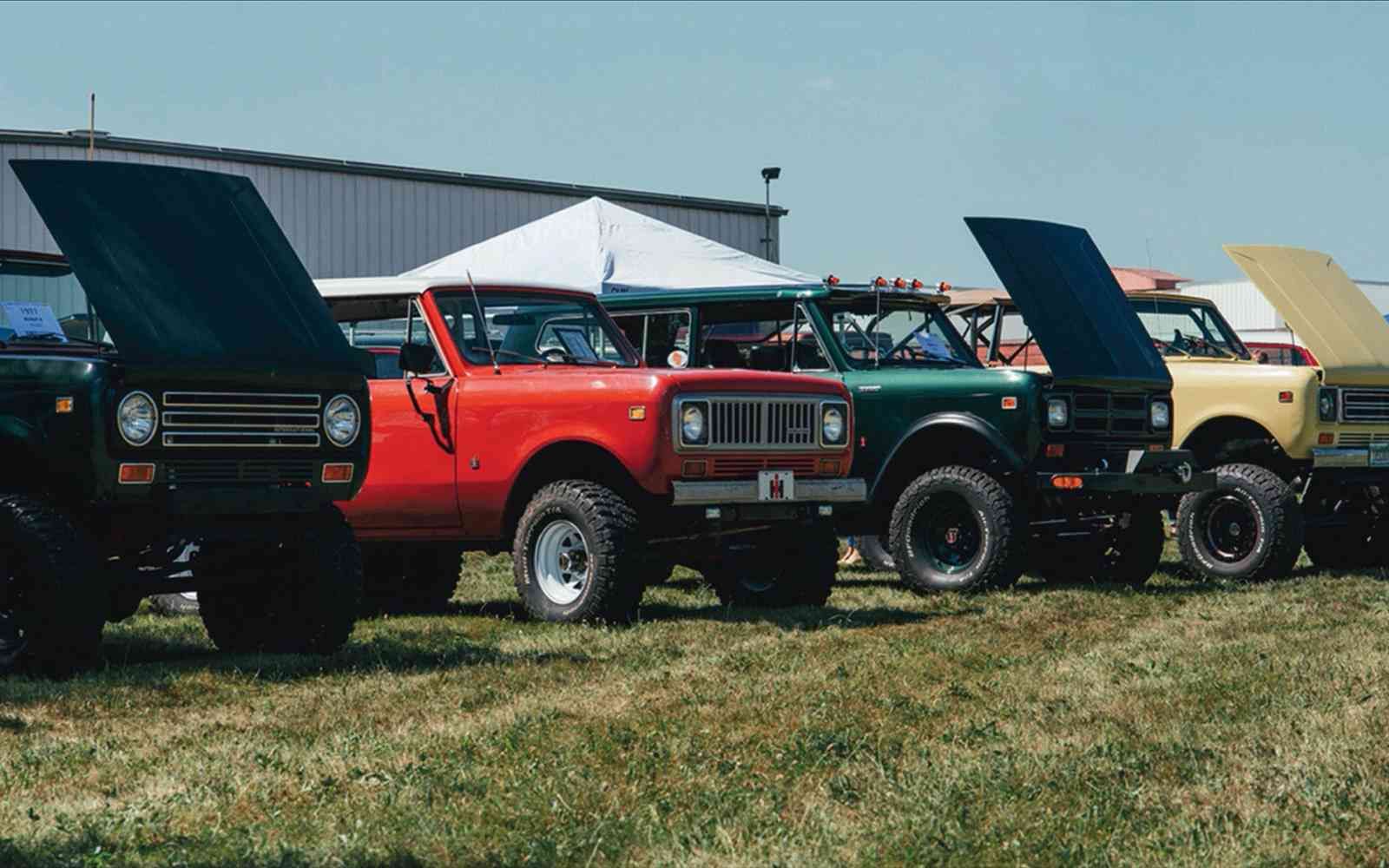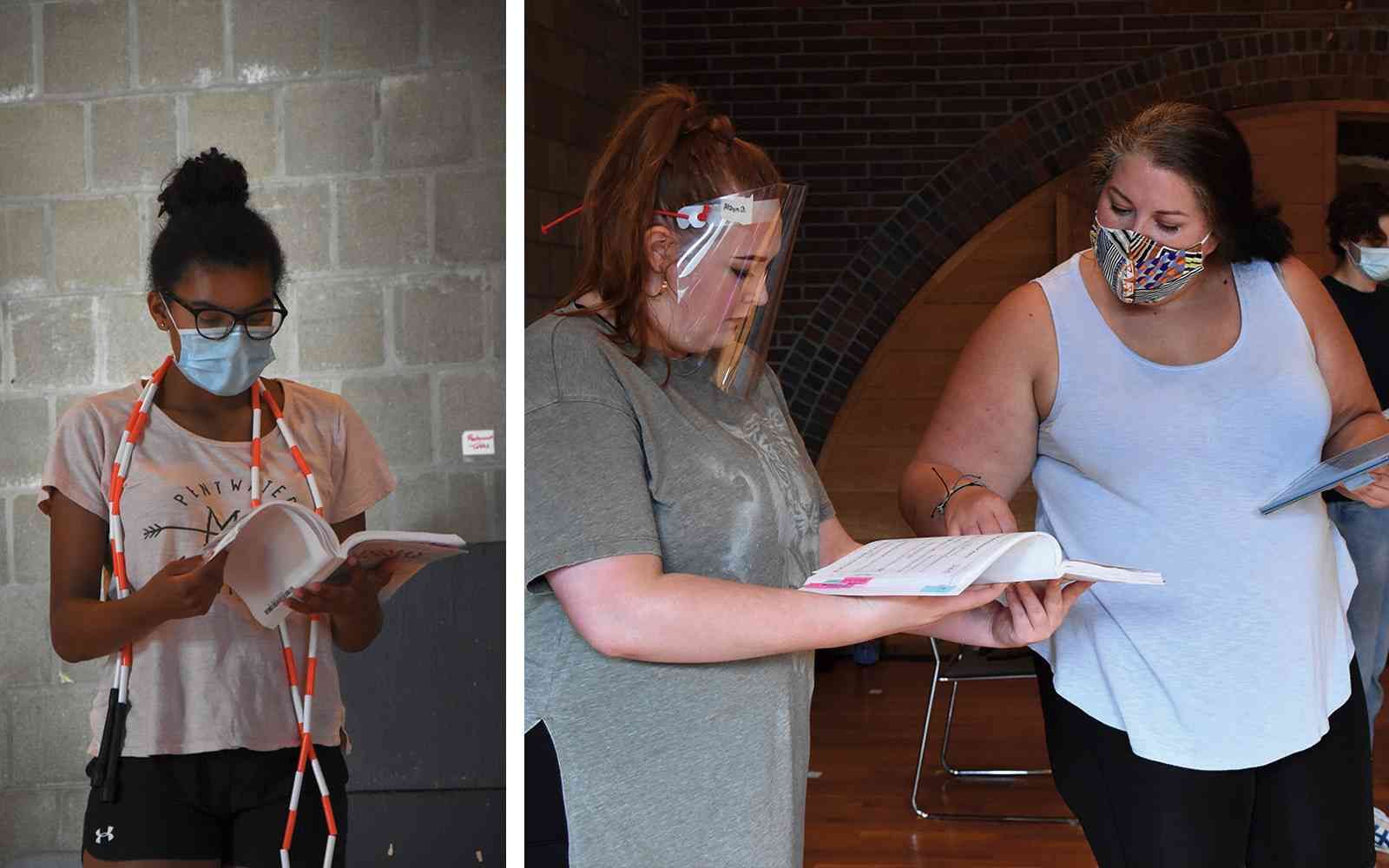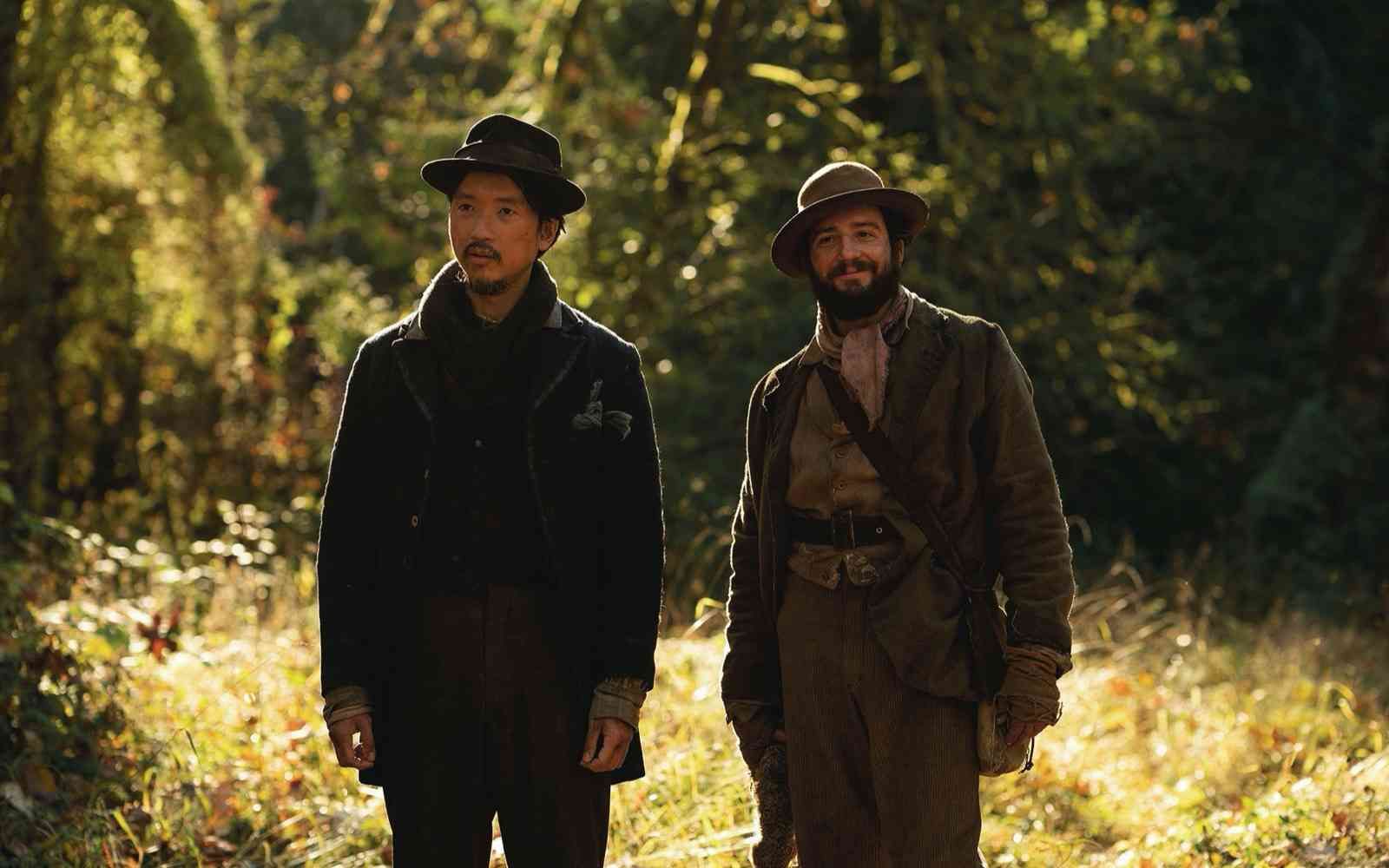Ryan DuVall’s love affair with the International Harvester Scout begin when his dad made an automotive bet with a young Camaro owner that ended in burnt rubber.
His dad won the bet with his unassuming 1974 Scout.
DuVall, now the restaurant critic at Fort Wayne’s Journal Gazette, was a Terre Haute teenager at the time. His dad’s Scout had a 345 IH engine under its hood. The Camaro in question only had a 305. DuVall’s interest in this particular Scout and Scouts in general was piqued by the outcome of this bet.
“I perked up a little bit and paid more attention to that truck,” he said. “It became a big part of my youth.”
Precursor to the SUV
The Scout was “a precursor to the modern SUV,” according to HiConsumption magazine. At no point in its manufacture did the Scout represent the cutting-edge of vehicle aesthetics. Even people who love Scouts very much call them ugly, usually with big grins on their faces.
Scouts were constructed in Fort Wayne from 1961 until the early 1980s, a fact of which DuVall was totally unaware when he moved here in the late 1990s to work for the morning paper.
In late 2018, DuVall wrote a long, loving tribute to the Scout for The Journal Gazette. That article escalated into something he couldn’t have foreseen when he first sat down at his computer to honor the Scout in prose.
International Harvester’s decision to end production here in the summer of 1983 is still seen by some longtime residents as one of the great disasters to befall the city, on par with the floods of 1982.
More than 1.5 million heavy and medium-sized trucks were built at the plant between 1923 and 1983, according to The History Center. International Harvester was once Fort Wayne’s largest employer with 10,000 workers.
But until DuVall’s column was published, there was little public acknowledgement of our Harvester heritage and little chance that younger residents would ever learn anything about Fort Wayne’s former status as the “the heavy-duty truck capital of the world.”
“I always say, ‘Man, it’s really crazy that we can’t celebrate this,’” DuVall said. “For all intents and purposes, long-haul trucking was born here. Places like South Bend celebrate Studebakers. Heck, right up here in Auburn, we have a museum for Cords and Duesenbergs. And this company (Navistar) is still viable and alive.”
Home sweet HOmecoming
DuVall, encouraged by former Harvester employees and prominent citizens, launched Harvester Homecoming, a festival that debuted last year on August 10.
It attracted 10,000 attendees and 500 historic vehicles loaned out by museums, private collectors, and Navistar.
The second-annual Harvester Homecoming happens July 31 to August 2, but DuVall’s expectations for the fest have been tempered a bit by COVID-19.
‘We were on pace for hours to have over a thousand trucks here this year and probably 20,000 people,” DuVall said.
It should be scaled back a bit from that, but it will surely still provide a sumptuous experience for automotive enthusiasts and devotees of Fort Wayne history. With most of the fest occurring outdoors at the former Scout plant, the Scout Park Conference Center, the International Harvester/Navistar Truck Development and Technology Center, and the “proving grounds” test facility off Meyer Road and Oxford Street, there will be plenty of room for social distancing.
Three trolleys will be available to shepherd attendees among areas. One trolley will be mask mandatory.
Duvall and his staff have obtained 50 gallons of hand sanitizer from Three Rivers Distilling Company for the event.
Harvester Homecoming will likely benefit from the fact that so many traditional summer events and festivals have been canceled.
One thing attendees will want to do is chat with former employees like Sylvester “Syl” Engelmann and Dave Pelz.
They worked at the “proving grounds” test facility. That was where trucks were put through their paces. The vehicles were subjected to extreme conditions and so, correspondingly, were their drivers.
At the proving grounds, prototypes were driven over extreme terrains and crashes were recreated for legal purposes, Pelz said.
The drivers were daredevils. No other word fits. Pelz said they had to drive standing up so their knees could absorb the shock of what was happening beneath their feet.
The guys came up with an interesting remedy for extreme steering wheel vibration, Engelmann said.
“Some loads were so hard on their arms that a lot of guys would use a shop rag and weave it through the steering wheel,” he said. “They’d hold the ends of the rag to steer.”
“Some of the early (trucks), half of them didn’t have power steering,” Pelz said. “Those would break your fingers.”
In the winters, employees had to work in extreme cold as buildings could never be heated to anything close to a comfortable temperature, Pelz said.
Pelz recalled a time when everyone was sent to a doctor for physicals and the outcome was both surprising and not-so-surprising.
“Everybody but, I think, three guys were still physically OK,” he said.
The International Harvester test track was still in use until 2015 and Harvester Homecoming attendees will have several opportunities to make a run.
Documentary project
Stories like the ones Pelz and Engelmann can tell are both vital and ephemeral. The people who can tell these stories won’t be around forever.
That is why DuVall has launched an International Harvester documentary project with local videographer Bill Shaw.
A former Harvester employee who was interviewed last year subsequently passed away, DuVall said. So time is clearly of the essence.
With DuVall also exploring the possibility of establishing a permanent International Harvester museum in Fort Wayne, it is obvious that his humble Scout column has snowballed into an avalanche.
“It just took one dumb guy to get a Scout and try to get a truck show and now all of a sudden I’m trying to revive the history of…,” he said, trailing off. “I’ve learned so much. I get tears. Because it’s just such a big weight. But it’s awesome.”



